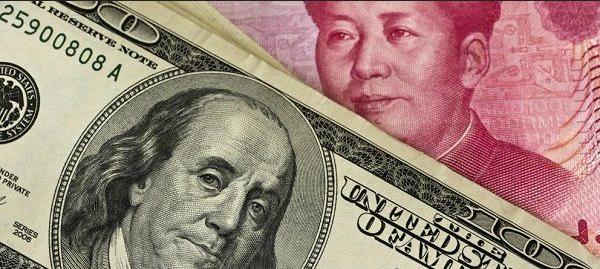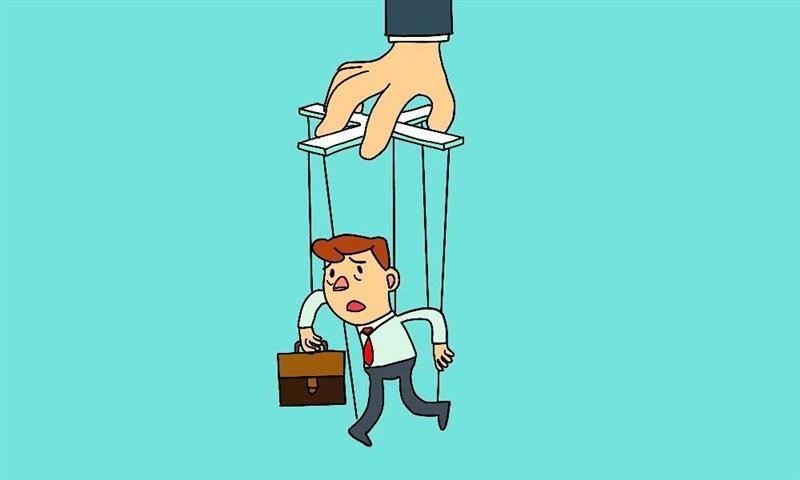In marketing terminology, perceived value is customers’ evaluation of the merits of a product and service, and its ability to meet their needs and expectations, especially in comparison with other products that perform a similar function.
Marketers try to influence customers’ perceived value of a product by describing its attributes and how they make their product superior to its competitors.
How perceived value works
Perceived value results from the price that the public is willing to pay for a product or service. Even a small decision made in a small store in a shopping center involves an analysis of the product’s ability to meet needs and provide satisfaction in comparison to other similar products operating under different brands.
The marketer’s job is to improve the perceived value of the brand they are selling.
Perceived value and price
Pricing products takes into account perceived value. In some cases, the price of a product or service may have more to do with its emotional valuation than with the actual production costs.
The perceived benefits of the product exist on three levels: physical, logical, emotional. For example, buying a new suit will help keep you warm (physical), land the new job you’re interviewing for (logical), and save you from the embarrassment of walking around naked (emotional). Perceived costs include money, time, and labor.
When comparing the difference between perceived benefit and perceived cost, if the difference is positive, customer perceived value is high, which means customers will purchase a product or service. There are many techniques that companies can use to improve customers’ perceived value of their product.
What are the advantages of a utility in perceived value?
Marketing strategists who want to influence the perceived value of a product define its attributes in terms of usefulness, or the extra benefits and values that customers expect when using this product.
The perceived usefulness of many products can differ widely even among products that are virtually identical.
There are five types of profits that companies try to create through marketing campaigns for their products:
- One form of utility is the aesthetic or physical perception of a product’s design. Even a utilitarian product like a frying pan can increase its perceived value because of a more attractive design.
- Task utility is the value that is tied to the service that saves the customer time, effort, or money. Car detailing stores and laundry services offer this utility value.
- Time utility refers to the ease of access to the product or service, such as a 24-hour service compared to a 9 to 5 hour service.
- Placement utility is the convenience of the product’s location, such as a fast food store that is just around the corner compared to a restaurant that is 30 kilometers away.
- Possession utility refers to the ease of purchasing a product. A department of a store that is characterized by having the ability to sell the line, deliver door to door, or receive defective products is heading to exhibit a possession utility.
Special considerations of the term
A company’s brand wants to communicate a set of expectations associated with its products or services. That’s why a well-established brand can set higher prices than its generic equivalents. For example, Advil and Motrin both contain ibuprofen, but both brands price their products higher than generic ibuprofen.
Luxury goods, however, take the perception of value to another level with the addition of prestige. The highest value of a good is not associated with its utility but rather the prestige that owning a product of a certain brand brings. The perceived value of a Rolex watch is not based on the functionality of the watch but is associated with the image of personal success and refined taste.
On the opposite end of the scale, some brands define their prices around the idea of smart business. The perceived value of the product may be its low price compared to its competitors of equal quality.
Approaches to perceived value
Customer Perceived Value Approach: Pricing
While customer-perceived value is calculated using perceived costs, these costs do not necessarily mean money .
Price is not the most important thing in determining a customer’s perceived value. However, it plays an important role. There are ways to increase a customer’s perceived value by addressing the price of a product.
According to marketing writers, Neil Patel and Ritika Puri, “ you need to choose numbers that compel your audience to buy.” They propose the following techniques to do precisely that:
10 for $10
When a consumer sees a deal advertised as “10 for $10,” they often assume they must buy ten of the given product to get the deal price.
However, this is not usually the case. Typically, the consumer can purchase an item at the advertised price of US$1. Sellers use this strategy to influence buyers to carry more products.
The power of ‘9’
Also known as the “left digit effect” or “charm pricing ,” the “Power of 9” pricing strategy plays on the concept that when a consumer reads a number from left to right, the last number they see is the one they see. your mind is trapped. For some reason, the human brain perceives the number nine to be associated with deals and discounts. One study showed that using this method increased sales by 24%.
Remove signs of monetary value
According to 2009 Cornell University research, consumers are less likely to make purchases when menu options include monetary symbols, such as $ or €, or words of monetary value, such as dollars or pounds.
Simply being there, as an additional word or symbol, for a consumer’s brain to process changes in perception can negatively impact purchase intention.
One way to combat this is to list a price simply with a number. Clearly, this is easier said than done when you consider a company that does business in many countries and currencies around the world. In such a case, such a business might consider a drop-down menu at the top of its site, where consumers can choose the desired currency and then display prices with numbers only.
The effect of changing the unit of measurement
Another way to change a customer’s perceived value of a product through pricing is by changing the unit of measure from money to other things that the same amount of money could buy.
According to Dave Schneider, “People don’t get value directly from money, they get it from the things that money buys . “
Dave cites a relevant example. Facebook bought WhatsApp in 2014 for about US$19 billion. However, the number had no real value or relevance until the media began to illustrate what else Facebook could have purchased. This included clean water for the entire planet with a price tag of only (in comparison) US$10 million.
When we see what else that money could have bought, we feel like we have a better conceptual understanding of how much money $19 billion really is.
Customer Perceived Value Approach: Credibility
When a customer attributes a high level of perceived credibility to a product or company, they are more likely to purchase that product or do business with that company.
Consumers are willing to pay more for brands with a reputation for quality.
With credibility comes a higher level of trust and satisfaction. Some great ways to improve your company’s perceived credibility score are through essays, testimonials, and partnerships.
essays
When a company offers its customers a free trial, they say, “Please try our product. “We want you to know that we stand by what we sell.” This is a valuable way to show customers that a company stands behind its product.
Additionally, according to Kissmetrics, customers are often concerned about giving out their credit card number to purchase software or product they have never used.
Giving customers the opportunity to try the product for free decreases this apprehension and eliminates the customer’s perceived risk.
Testimonials
Posting customer testimonials on your website increases your customers’ perceived credibility as trust increases.
If other customers have used a service or product and are happy with the results, then the company is successful in doing its job.
By reading positive testimonials from previous clients, a potential client can be confident that if they also purchase the service or product, they too will be satisfied with the results.
Testimonials are gaining traction as they approach growing customer-perceived credibility as traditional advertising methods fail to engage Gen Y consumers, who are steadily replacing baby boomers in both the workforce and the marketplace. economic.
As advertisements are increasingly perceived as untrustworthy, testimonials are a more acceptable way to get a brand to reach more potential customers , who view the promotion as more genuine and valuable than advertisements.
Associations
Partnering with other companies can increase a customer’s level of perceived credibility.
There are a few things to consider when choosing which companies you would like to partner with. By choosing the wrong companies, the partnership could be detrimental.
As a strategy to improve the value perceived by the customer, it is important here:
- Make sure the potential partner company has a solid reputation.
- Choose companies that attract customers similar to those the company already has.
- Decide to partner with companies that share similar values.
Other examples of companies that work with this concept
The perceived value of an iPhone phone is much higher compared to smartphones with the same functionality such as those from Motorola, ZTE, or Samsung.
Starbucks coffees may be similar to those of other competitors, however customers associate the brand with refinement and status, so they are willing to pay more for a glass of coffee from this brand even if other stores may offer the same coffee at a lower price.











